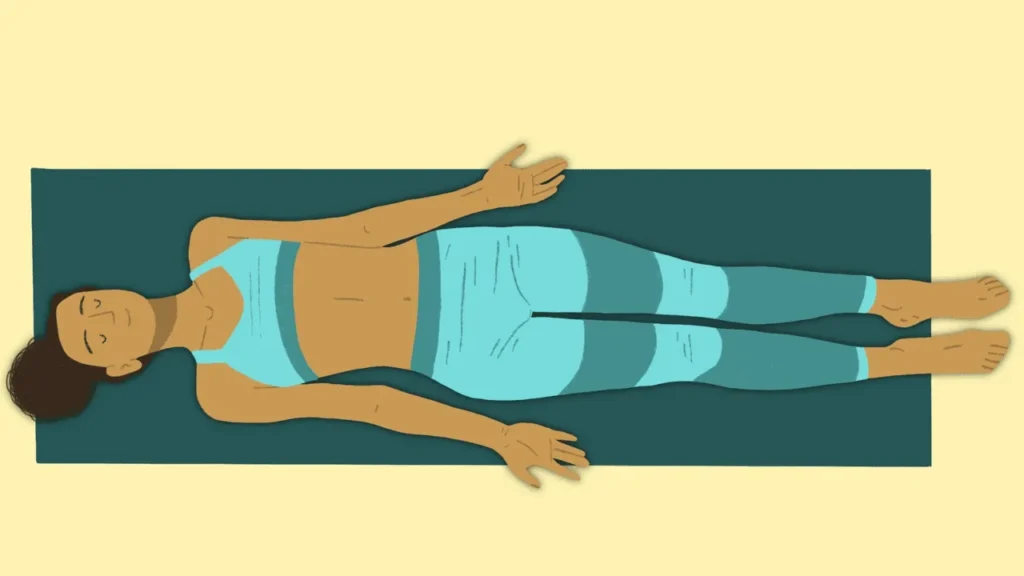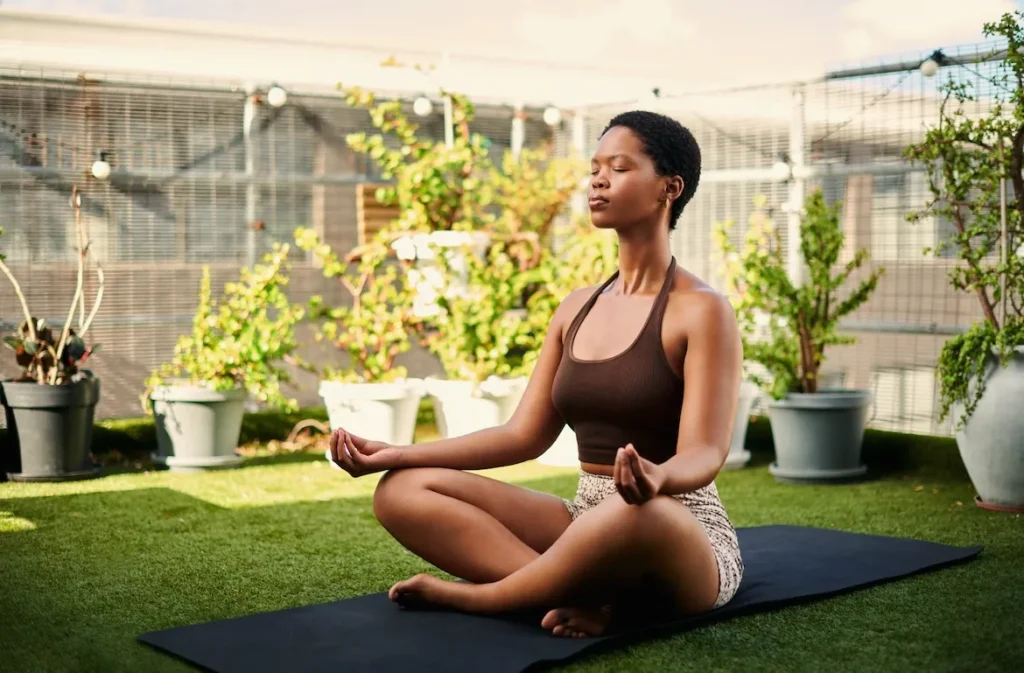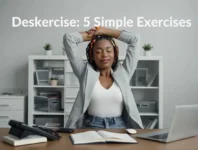
Introduction
In today’s fast-paced world, stress and chronic pain are increasingly common challenges. While traditional methods often focus on symptom management, polyvagal theory offers a holistic approach that addresses the root causes of these issues. Developed by Dr. Stephen Porges, this theory provides insight into how our nervous system responds to stress and trauma, opening the door to practical solutions that promote healing and resilience. By incorporating polyvagal exercises into your daily routine, you can regulate your emotions, alleviate physical discomfort, and enhance your overall well-being.
Also Read: 13 Effective Mindfulness Exercises That Reduce Your Stress
Understanding Polyvagal Theory
Polyvagal theory sheds light on the intricate workings of the vagus nerve, a crucial component of our autonomic nervous system. This theory identifies three primary states:
- Ventral Vagal Complex (Safe and Social State): This is the state of calm, connection, and social engagement where we feel safe and grounded.
- Sympathetic Nervous System (Fight-or-Flight State): Triggered by perceived threats, this state prepares us for action and heightens alertness.
- Dorsal Vagal Complex (Shutdown State): Often associated with trauma or chronic stress, this state can lead to feelings of numbness, disconnection, or immobility.
The ultimate goal of polyvagal exercises is to strengthen your vagal tone, allowing you to transition smoothly between these states and maintain a sense of safety and relaxation.
Why Polyvagal Exercises Matter
Chronic stress and pain can trap your body in a prolonged fight-or-flight or shutdown state, disrupting its natural ability to recover and heal. Polyvagal exercises stimulate the vagus nerve, helping you reset your nervous system and foster a sense of balance.
Proven Benefits:
- Reduced Inflammation: Research published in Frontiers in Neuroscience shows that vagus nerve stimulation can lower inflammation, a key contributor to chronic pain.
- Enhanced Relaxation: Activating the ventral vagal state promotes calmness and fosters a sense of safety, crucial for alleviating stress-related symptoms.
- Improved Emotional Resilience: Strengthening vagal tone helps you respond to challenges with greater stability and adaptability.
Effective Polyvagal Exercises for Stress and Chronic Pain Relief
1. Deep Breathing

Deep, controlled breathing is one of the most effective ways to activate the vagus nerve and signal your body to relax.
How to Practice:
- Sit or lie down in a comfortable position.
- Inhale deeply through your nose for a count of 4.
- Hold your breath for 4 counts.
- Exhale slowly through your mouth for a count of 6.
- Repeat for 5–10 minutes.
💡 Expert Insight: Dr. Emma Seppälä, author of The Happiness Track, emphasizes that deep breathing lowers cortisol levels, reducing stress and enhancing calm.
Explore tools like breathing trainers on Amazon for added support.
2. Gargling or Humming

Credit: www.medicalnewstoday.com
The vibrations created during gargling or humming stimulate the vagus nerve, promoting relaxation.
How to Practice:
- Gargle with warm water for 30 seconds twice a day.
- Alternatively, hum a soothing tune for a few minutes, focusing on the sensation in your throat.
3. Cold Exposure

Credit: pompaprogram.com
Cold exposure is a powerful way to activate the vagus nerve and shift your body out of a stress response.
How to Practice:
- End your shower with 30 seconds of cold water.
- Splash your face with cold water when you feel stressed.
💡 Pro Tip: Gradually increase the duration of cold exposure as your body adapts.
Discover cold therapy essentials on Amazon.
4. Body Scan Meditation

Credit: www.ommagazine.com
This mindfulness practice helps you reconnect with your body and release tension.
How to Practice:
- Lie down in a quiet space.
- Close your eyes and focus on each part of your body, starting from your toes and moving upwards.
- Notice any sensations without judgment and gently relax areas of tension.
💡 Research Note: Studies indicate mindfulness-based practices significantly reduce pain intensity and improve emotional well-being.
Find guided meditation tools here.
5. Social Engagement

Credit: www.thedeeping.eu
Connecting with others is a natural way to activate the ventral vagal state, fostering feelings of safety and relaxation.
How to Practice:
- Call or meet with a supportive friend or loved one.
- Spend time with pets or participate in community activities.
Explore calming products for pets to strengthen your bond.
6. Yoga and Gentle Movement

Credit: www.wellandgood.com
Yoga integrates breath control, mindfulness, and movement, making it an ideal polyvagal exercise.
How to Practice:
- Opt for gentle yoga styles like Hatha or restorative yoga.
- Focus on your breath and bodily sensations during each pose.
💡 Research Note: A 2020 study published in Pain Medicine found yoga significantly reduces chronic pain and stress levels.
7. Singing or Chanting

Credit: www.ekhartyoga.com
Singing and chanting engage throat and diaphragm muscles, directly stimulating the vagus nerve.
How to Practice:
- Sing along to your favorite songs.
- Practice chanting sounds like “Om” during meditation.
Tips for Success
- Be Consistent: Practice daily to build resilience and maintain progress.
- Start Small: Begin with one or two exercises and gradually expand your routine.
- Track Your Progress: Use a journal to note changes in stress levels and pain intensity.
- Seek Professional Support: Work with a therapist trained in polyvagal-informed approaches if needed.
Supporting Your Journey
Polyvagal exercises offer a simple yet effective way to take control of your nervous system and address the root causes of stress and chronic pain. By integrating these practices into your daily routine, you’ll empower yourself to navigate challenges with greater ease and resilience.
Conclusion
Incorporating polyvagal exercises into your daily life can lead to profound improvements in both your physical and emotional well-being. From deep breathing to yoga, these practices provide a pathway to healing that complements traditional approaches.















